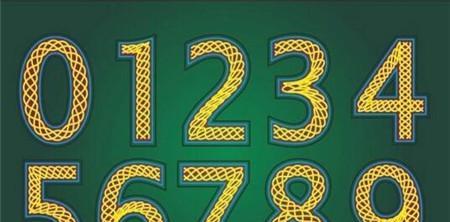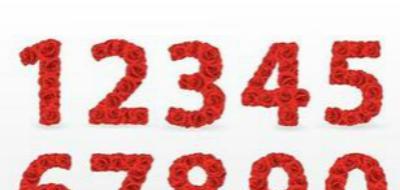



阿拉伯数字
记数法
现代所称的阿拉伯数字以十进制为基础,采用 0、1、2、3、4、5、6、7、8、9 共10个计数符号。采取位值法,高位在左,低位在右,从左往右书写。借助一些简单的数学符号(小数点、负号等),这个系统可以明确的表示所有的有理数。为了表示极大或极小的数字,人们在阿拉伯数字的基础上创造了科学记数法。
一般也用阿拉伯数字表示其它进制的数,用时选一部分数字或增加几个数字。
阿拉伯数字始创于印度(但当时没有0),后来传到中东地区的阿拉伯地区,而得此名。现在它已成为目前使用最广泛的记数系统,通行于全世界。
阿拉伯数字在Unicode码中的位置是048到057。
参看
阿拉伯文数字
阿拉伯字母
参考文献
Ore, Oystein, Hindu-Arabic numerals, Number Theory and Its History, Dover: 19–24, 1988, ISBN 0486656209 .
Burnett, Charles, The Semantics of Indian Numerals in Arabic, Greek and Latin, Journal of Indian Philosophy (Springer-Netherlands), 2006, 34 (1–2): 15–30, doi:10.1007/s10781-005-8153-z .
Encyclopædia Britannica ( Kim Plofker ( 英语 : Kim Plofker ) ),mathematics, South Asian, Encyclopædia Britannica Online, 2007: 1–12 [ 18 May 2007] .
Hayashi, Takao, The Bakhshali Manuscript, An ancient Indian mathematical treatise, Groningen: Egbert Forsten, 1995, ISBN 906980087X .
Ifrah, Georges,A Universal History of Numbers: From Prehistory to Computers, New York: Wiley, 2000, ISBN 0471393401 .
Katz, Victor J. (ed.), The Mathematics of Egypt, Mesopotamia, China, India, and Islam: A Sourcebook, Princeton, New Jersey: Princeton University Press, 20 July 2007, ISBN 0691114854 .
Plofker, Kim, Mathematics in India, Princeton University Pres, 2009, ISBN 978-0-691-12067-6
External links
Development of Hindu Arabic and Traditional Chinese Arithematics
History of Counting Systems and Numerals. Retrieved 11 December 2005.
The Evolution of Numbers. 16 April 2005.
O"Connor, J. J. and Robertson, E. F.Indian numerals. November 2000.
History of the Numerals
免责声明:以上内容版权归原作者所有,如有侵犯您的原创版权请告知,我们将尽快删除相关内容。感谢每一位辛勤著写的作者,感谢每一位的分享。

- 有价值
- 一般般
- 没价值








推荐阅读





关于我们

APP下载



















